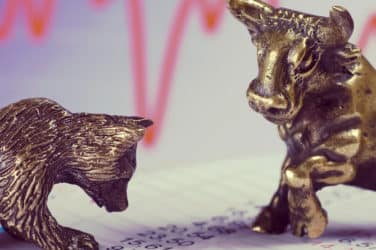Providing liquidity during a stressed market is part of the market maker’s job description, but how far will firms go to meet their obligations?
For Virtu Financial, the firm takes its liquidity-provisioning obligations on and off the exchanges quite seriously, said John DiBacco, global head of equities trading at Virtu, during a recent panel discussion hosted by the U.S. Securities and Exchange Commission and New York University.
“We believe it improves market quality,” he said. “It is our opinion and our experience that market makers provide a fair amount of liquidity during events. Ultimately, they are recycling and trying transfer risk from one party to another and bridge the temporal gap.”
DiBacco noted that his firm desires to provide liquidity during normal and stressed markets, but finds discontinuous events, such as the tripping of market-wide circuit breakers difficult.
“But for the most part we are going to provide liquidity for the entire time,” he said.
“I think the data is irrefutable that HFTs provide a lot of liquidity during a time of market stress,” agreed fellow panelist Jose Marques, CEO of hedge fund Inferent Capital.
It is important that the industry be realistic regarding what the market makers are doing as risk transfer agents, he added.
“If all the buyers came in the morning and all the seller came in the afternoon, the market maker would be the only one buying and selling, which is dependent on how much of their balance sheet they have available to deploy to that activity.”
If the regulators want market makers to provide more liquidity when the markets are stressed, they may want to consider improving the amount of the balance sheet that is available for market making.
However, even with access to a more significant portion of their balance sheets, the role of a market maker is not a suicide pact with the markets, according to Marques.
“The reality of it is that there is no market maker on Earth regardless of its obligations would stand in front of a freight train and try to stop it,” he said. “They will deal with not living up to their obligations later. This happens in the electronic markets as well as human markets.”






